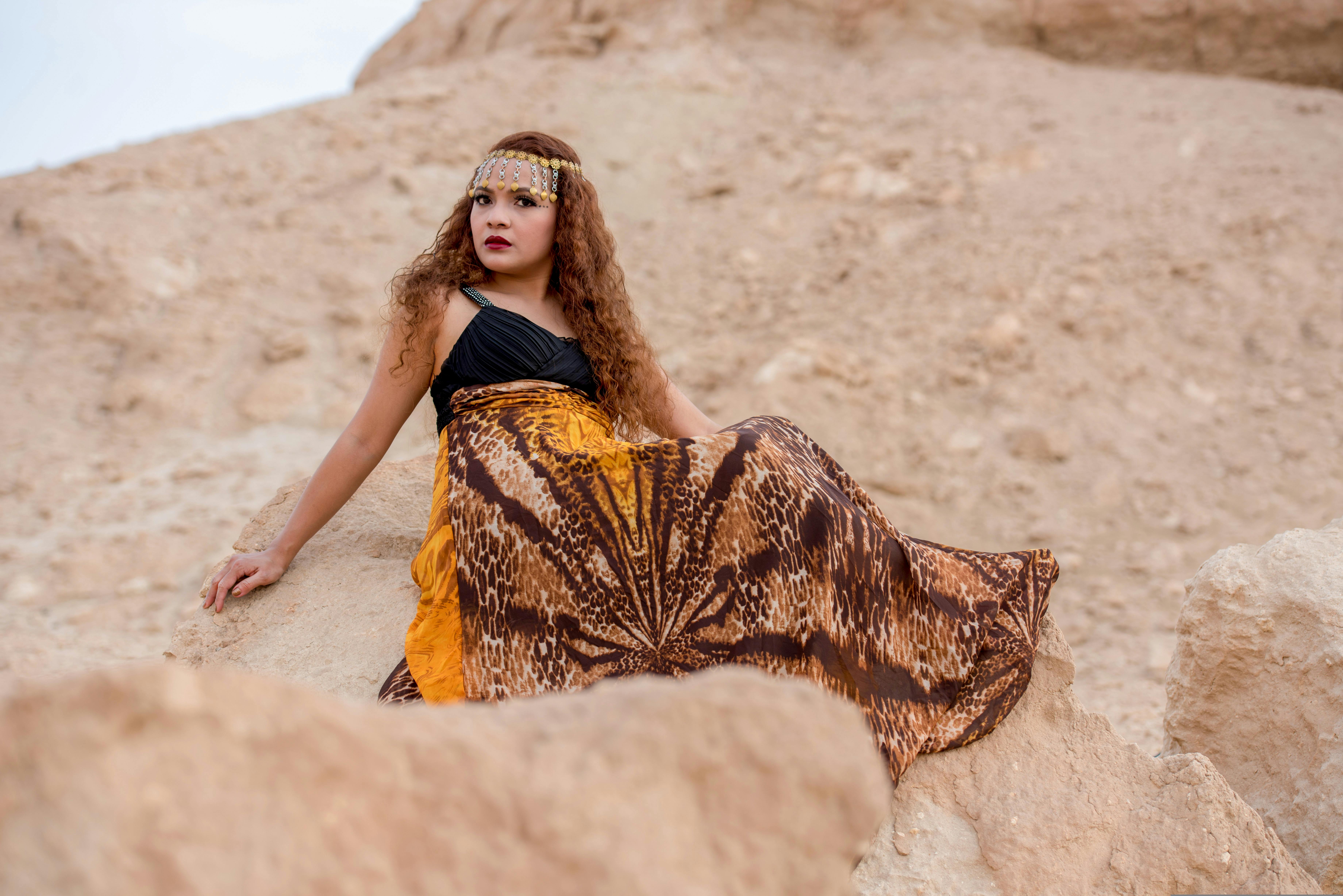It is not always easy to tell if a skin rash is fungal or bacterial. It couldn’t be either one. A fungal or bacterial infection is just one type of rash. There are others that are not caused by an infection, such as eczema or dermatitis. Eczema can be hereditary or caused by contact with a skin irritant and is not contagious. When you have an outbreak, it could be an allergy or it could be caused by a virus.
Knowing the difference is important because what it is determines the type of treatment required.
Ringworm is a fungal infection caused by dermatophytes. It usually occurs on the feet (athlete’s foot), around the inner thighs or groin (jock itch), on the nails (tinea unguium or onychomycosis), other parts such as the back, arms, and legs (tinea corporis) and on the scalp (tinea capitis). Women are also susceptible to yeast infection, which is caused by an overgrowth of the fungus known as Candida albicans.
Ringworm is a very contagious disease. Easily go from human to human, human to animal, and vice versa. Skin fungi can also be acquired from the ground. It takes about 10 days from exposure to the fungus before rashes appear. Between the third and fifth day, the itching becomes unbearable, causing one to unintentionally scratch the rash, which then spreads to other parts of the body.
Fungal rashes like ringworm are usually treated with over-the-counter medications that contain 1% clotrimazole such as Lotrimin and Mycelex and 1% terbinafine such as Lamisil. These are commonly sold as creams, although some antifungal medications are made into lotions, shampoos, and pills.
Bacterial infection is caused by streptococci or staph germs. These types of rashes are usually treated with antibiotics. Bacitracin and Neosporin to treat bacterial infections are also available at the pharmacy without a prescription.
The most common bacterial infection is impetigo, which affects children more than adults. Impetigo usually appears as blisters on the face, arms, or legs. Another form of bacterial infection is cellulitis, which tends to swell and tender blisters appear on the legs. Fever and headache are also symptoms of cellulite.
Erythrasma is a bacterial infection that can look like jock itch. It appears in skin folds, but unlike jock itch, it can be found not only in the groin, but also under the breasts or around the armpits. They manifest as pale pink or brown patches of skin that tend to enlarge if left untreated.
Paronychia is a bacterial skin infection that can develop when there is a fungal infection of the fingernail or toenail. They appear as pus-filled abscesses that are painful. This type of infection also requires antibiotics along with an antifungal treatment for the nail.
Although self-care can work, it is always best to see a doctor when it comes to skin rashes. If your over-the-counter treatment choice doesn’t work in two weeks, it’s time to stop guessing and get a skin biopsy. This is the safest way to treat your skin infection because bombarding your skin with a succession of medications is not only expensive, but more importantly, it could lead to complications that will only get worse if not treated properly.



